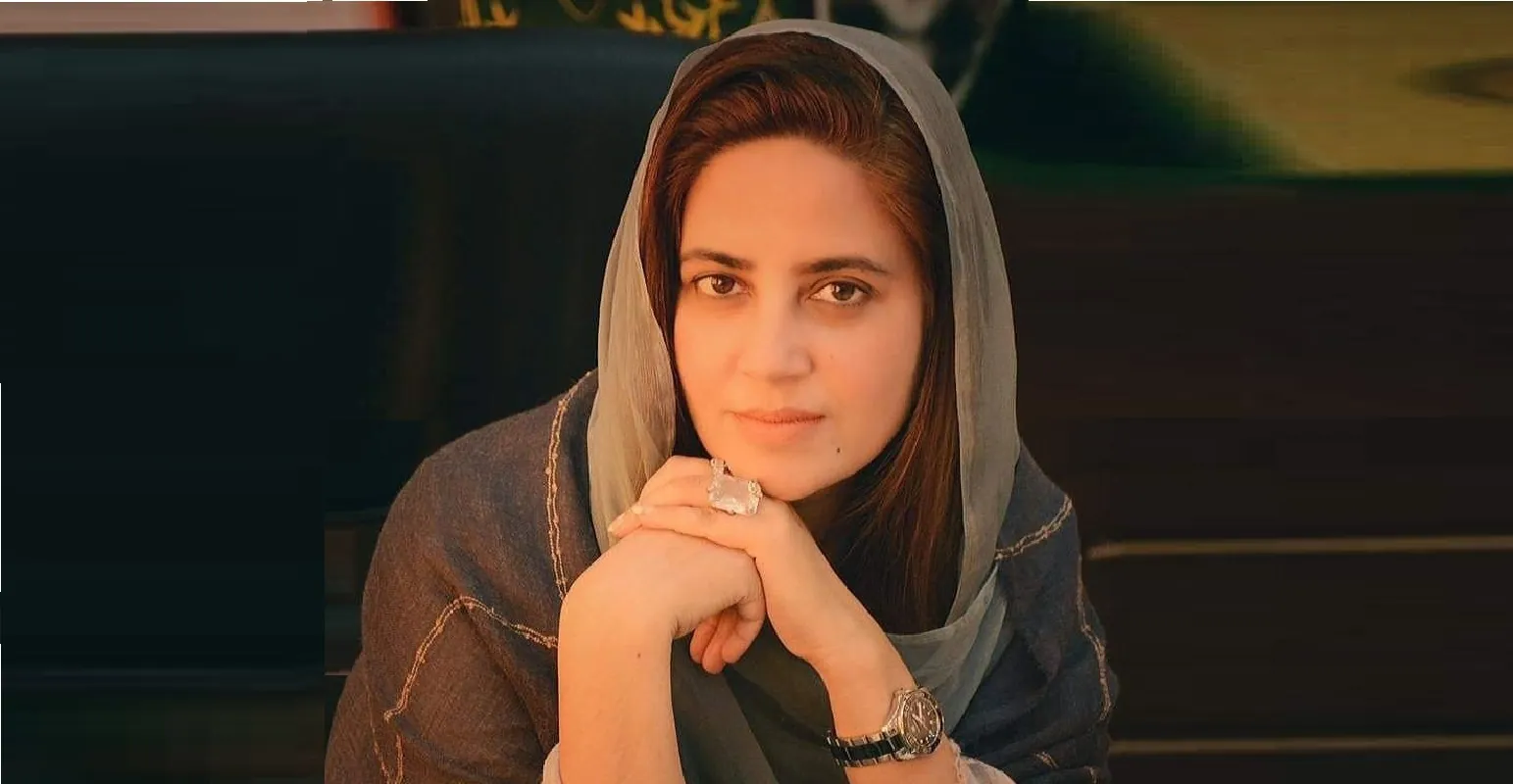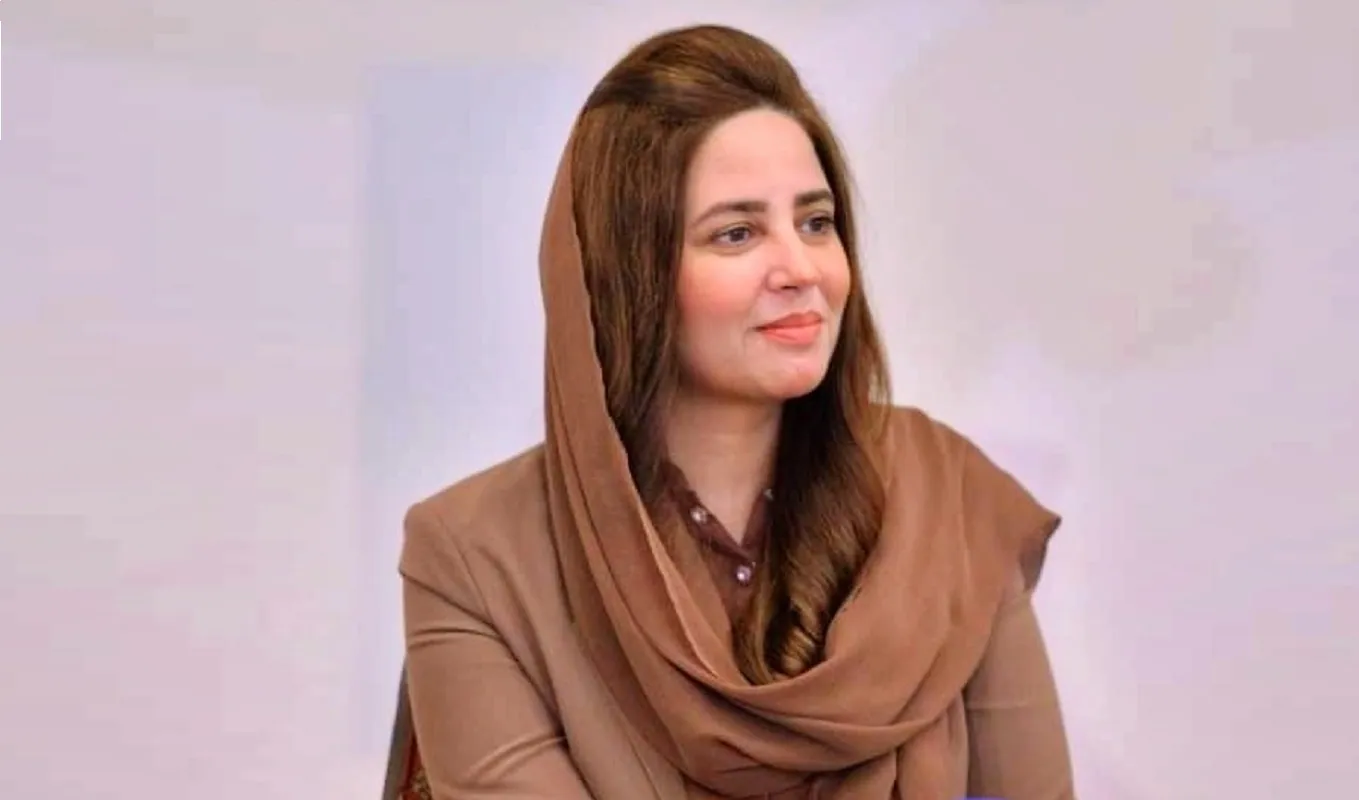Zartaj Gul, a distinguished figure in Pakistani politics, has recently become the epicenter of controversy due to an alleged leaked video and MMS circulating across digital platforms. This article seeks to unravel the intricacies surrounding the controversy, examining the potential implications, the challenge of navigating unverified content, and the broader implications for political figures in the age of digital scrutiny.
Early Life and Political Ascent:
Born on October 17, 1984, in Khyber Pakhtunkhwa, Zartaj Gul’s political journey began with her involvement in Pakistan Tehreek-e-Insaf (PTI) and Insaf Student Forum (ISF) in 2005. Her educational background, from Queen Mary College to the National College of Arts, reflects a diverse skill set that has contributed to her role as a Member of the National Assembly and the Minister of State for Climate Change since October 5, 2018.
The Alleged Leaked Video:
The controversy in question revolves around an alleged leaked video and MMS featuring Zartaj Gul. The unverified nature of the content necessitates a cautious approach, with Gul vehemently denying its authenticity, dismissing it as part of a baseless smear campaign. Responsible journalism is imperative in navigating such unverified claims, emphasizing the importance of fact-checking and reliance on credible sources to maintain journalistic integrity.
https://www.youtube.com/watch?v=eLFQA_1-7so&ab_channel=BoltaPakistan
https://www.youtube.com/watch?v=Jo6Sg7QqQIA&ab_channel=HamaraPakistan
Navigating Digital Age Challenges:
In an era marked by the rapid dissemination of information through digital channels, the Zartaj Gul controversy highlights the unique challenges faced by political figures in maintaining public trust. The potential consequences of misinformation underscore the need for a discerning public and responsible journalism that transcends the allure of sensationalism, prioritizing accuracy over speed.
Privacy, Politics, and Public Scrutiny:
The controversy also prompts a reflection on the delicate balance between an individual’s right to privacy and the public’s expectation of transparency from public figures. As citizens engage in conversations surrounding the controversy, it is essential to strike a balance between informed discourse and respecting the boundaries that differentiate personal matters from those pertinent to public governance.
Conclusion:
As the Zartaj Gul controversy continues to unfold, it serves as a microcosm of the challenges faced by public figures in an era of digital scrutiny. The blurred lines between personal privacy and political transparency underscore the importance of responsible journalism, critical thinking, and a nuanced understanding of the evolving landscape of political discourse. Moving forward, the public’s ability to navigate through the noise of unverified claims will play a pivotal role in shaping a constructive and informed dialogue around such controversies.

